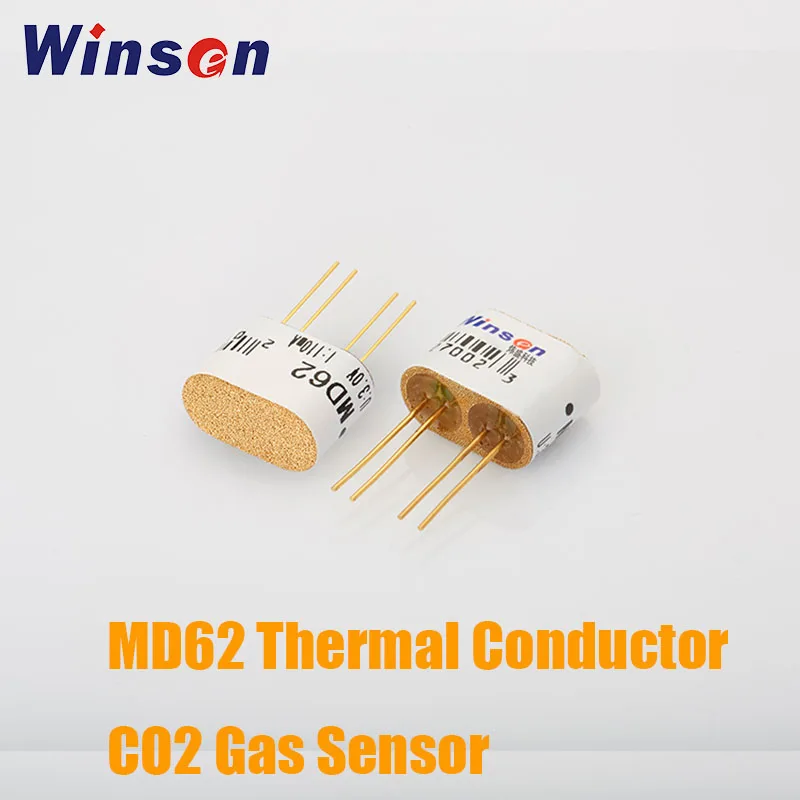Hi hello all.
I need to do something very simple, but at the same time it has become complex.
My task is to measure the CO2 concentration inside a pressurized autoclave up to a maximum of 2 bar.
The concentration should reach 100% (1000000ppm) because the gas will be injected through an industrial cylinder.
The aim is to expose a material to 100% CO2.
The material in test can absorb some CO2, and this difference (nobody knows, but its maybe 2/3%) needs to be measured.
The material can absorb some CO2, and this difference needs to be measured.
After some search, I've found some expensive sensors that do the job, but I need something that gives a rough value with the lowest price possible (of course).
So I found these sensors: MD62 from WINSEN (chinese brand) - ~25€ (aliexpress).
 DATASHEET
DATASHEETThe sensor, from what I can see through the datasheet, can do the job.
But the datasheet is too simple and without any practical information about the driver circuit, etc ...
Now the questions:
* Do you have any idea (other sensor, technique, etc.) to solve my problem of measure until 100% of CO2?
* Have someone use this sensor? Any feedback about it, please?
* Suggestions?
NOTES:
Inside the autoclave I will have some other sensors, like temperature, humidity, pressure (MS5803-05BA) and to complete, need the CO2 sensor.
The interior of the chamber can reach 90% of humidity and can be heated to 70 ° C.
Thank you all!